Gibraltar Rock Facts
- The term Gibraltar Rock serves as one of the alternate names for the world-renowned formation known as the Rock of Gibraltar. By whatever name one chooses to call it, however, this marvel of Nature holds a particularly impressive distinction.
- That’s because this massive outcropping remains one of the best known natural formations on the planet. Its renown doesn’t end there, though. This stunning example of the works of Nature also holds a special importance for another reason.
- That holds true due to the fact that a significant portion of the upper area of the feature also forms a special Nature Reserve. This small Reserve, along with the indigenous flora, fauna, and geology of the region remain enormous tourist favorites even today.
- It stood out in the minds of mankind even in the distant past, as well. The mighty Gibraltar Rock held roles of importance going back as far as ancient times. This held true for several reasons, some of them involving local mythology.
- The ancient Phoenician and Greek sailors named it as one of the Pillars of Hercules. They believed the formation to mark the end of the known world. Later, the Romans knew of the impressive creation of natural forces, and called it Mons Calpe.
Related Articles
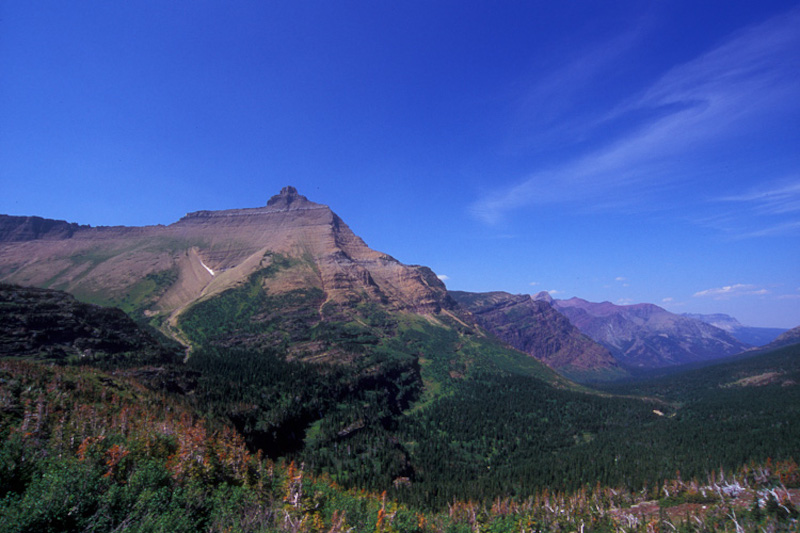

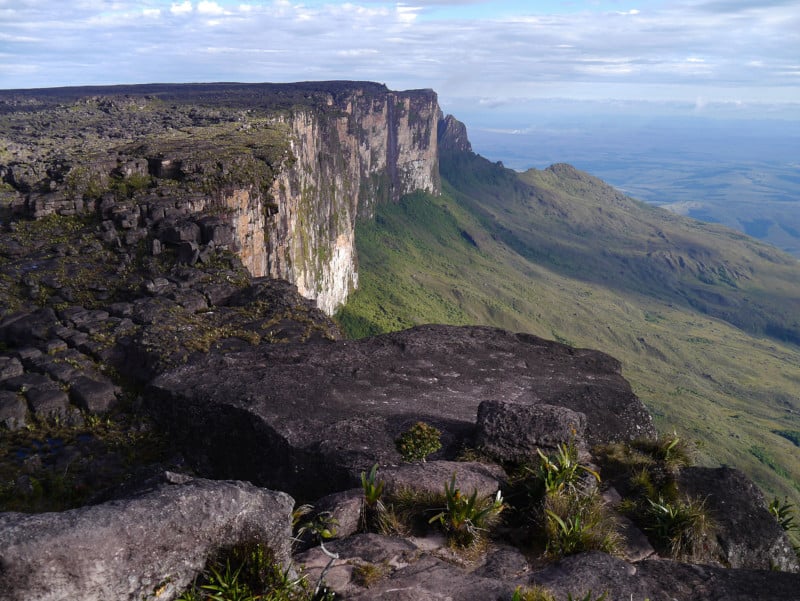
Gibraltar Rock Physical Description
As amazing as the attributes of Gibraltar Rock are, the construction of Nature garners great fascination and appreciation. Yet it does not do so due to a single reason. Instead, this product of eons of work dazzles the viewer with its beauty and size combined.
The truly remarkable formation absolutely represents a fascinating study in geology for those of us possessing a scientific mindset. For those having a more literary way of thinking, though, it’s historically represented an imposing image in various beliefs.
In purely technical terms, the incredible site qualifies as what geologists of today presently call a monolithic promontory. That’s because this awesome location constitutes a raised mass of land that projects into a lowland or a body of water.
Only enhancing its aura of majesty comes the fact that the stunning Gibraltar Rock has an amazing physical nature. For starters, the gargantuan rock clearly features a highly sharpened crest. This displays points standing as much as 1,398 ft (426 m) in height.
The main prominence itself, however, measures roughly 1,388 ft (423 m) in height. Its basic structure also consists primarily of greatly eroded dolomites and ancient limestone. Other mineral compounds remain present, of course, but in small quantities.
Gibraltar Rock Location, Formation, and Nature Reserve
The massively impressive Gibraltar Rock easily sits in a unique position. This statement holds true for several reasons. The magnificent structure formed in what now constitutes the British Territory of Gibraltar, situated on the Iberian Peninsula.
As part of the United Kingdom, this marvel of geological processes additionally lies on the southwestern tip of Europe. It even forms part of the border with the country of Spain. It also forms a large peninsula that projects out into the Strait of Gibraltar.
Mostly composed of limestone, parts of the monolith dissolved over time due to the actions of the water. This natural process also often forms caves. In the case of this site, more than 100 caves exist. St. Michael’s Cave remains the best known of these.
The Nature Reserve located here forms 40% of the area of Gibraltar Rock. Much of the flora and fauna found there continue to be of importance to conservationists. The best known of these are the Barbary Macaques, with roughly 300 individuals located within the Reserve.
This collection currently comprises the only known wild monkey population in Europe. But the natural wonder of this formation does not simply end there. That’s due to the fact that other endemic species of prominent interest also inhabit the area.
In fact, of ecological importance equal to the Barbary Partridges, plant species such as the Gibraltar Candytuft appear here, and nowhere else in Europe. Fortunately, the stunning site also serves as a major resting point for large populations of migratory birds.
Features Sharing Its Region
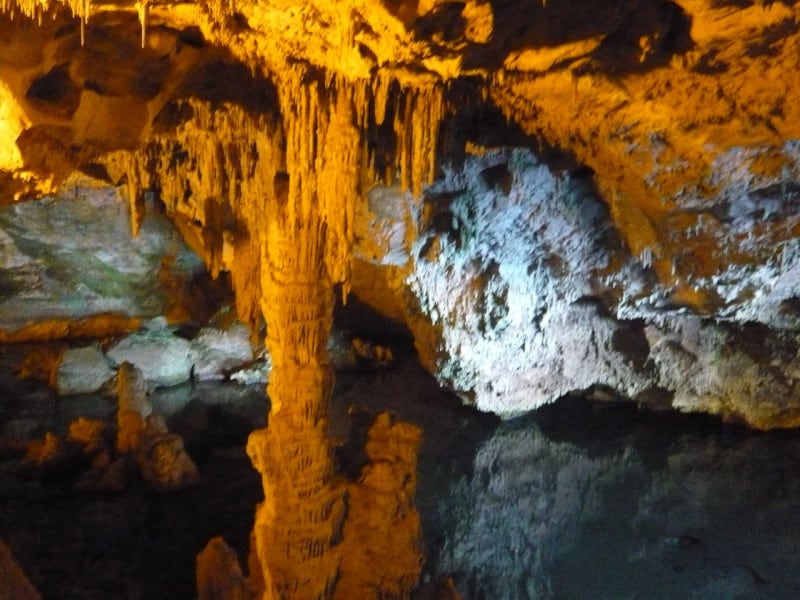
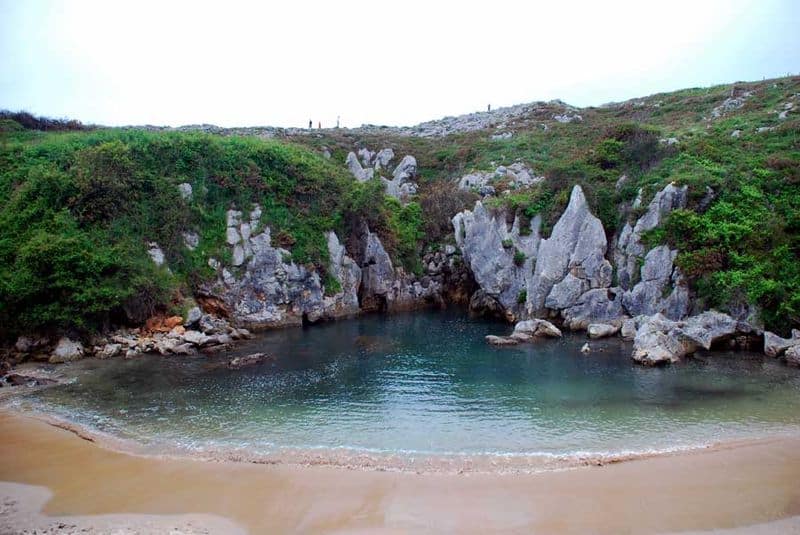
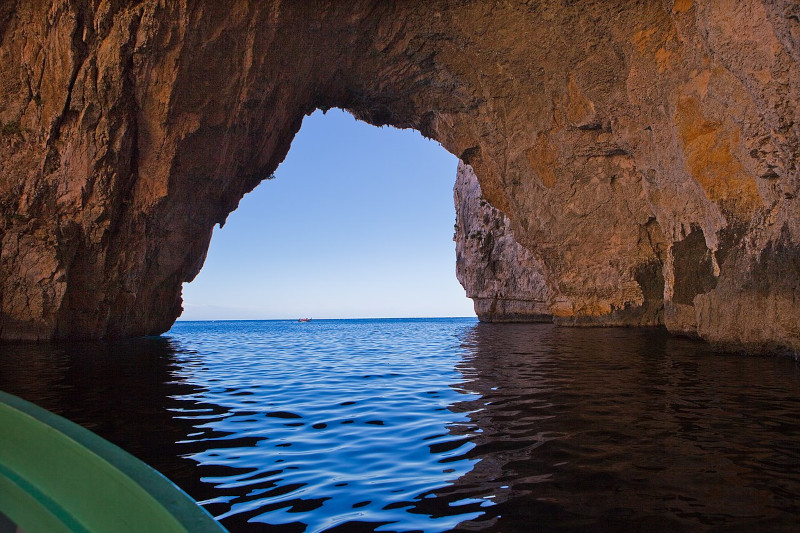
Check out our other articles on 5 Incredible South American Islands, Victoria Crowned Pigeon, Jeju Island, Jabuticaba, Fennec Fox, Olive Ridley Sea Turtle, Thresher Shark, Evening Cicada
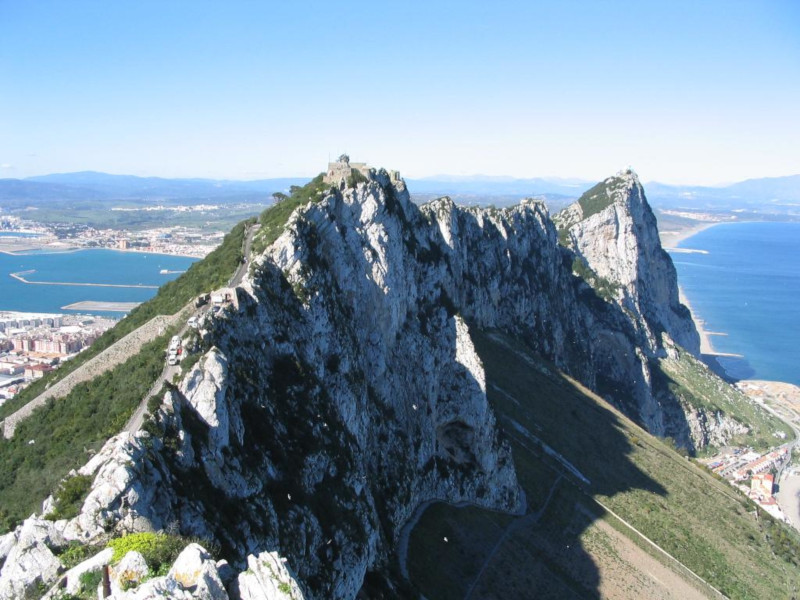
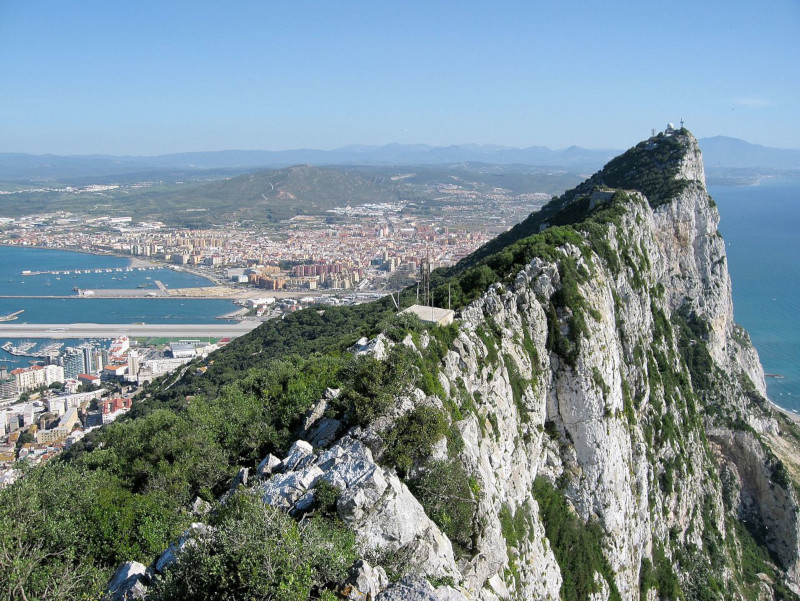
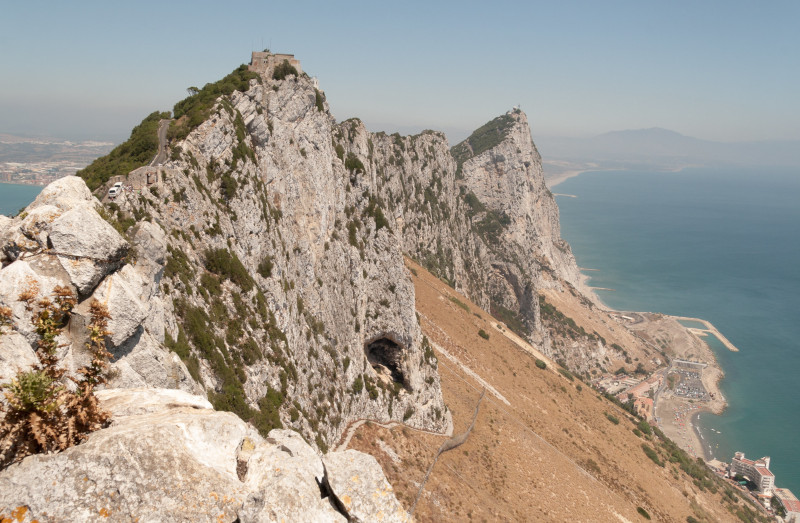









Leave a Reply